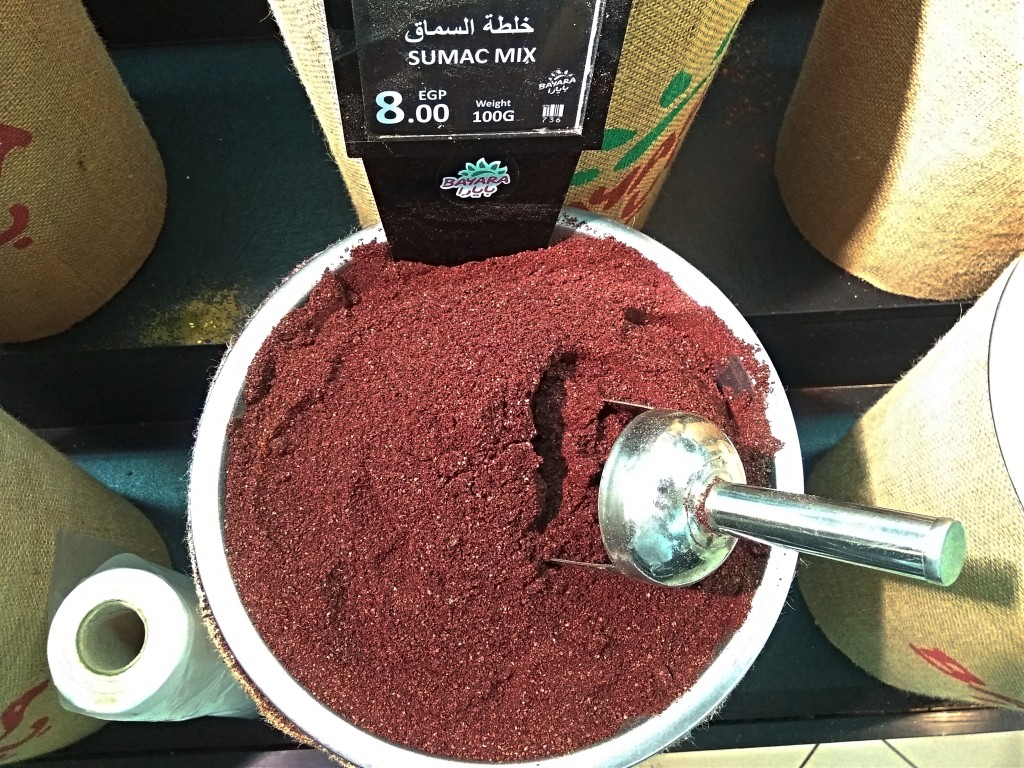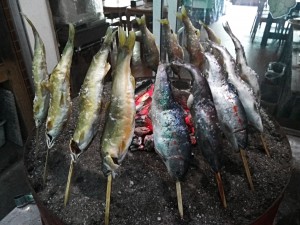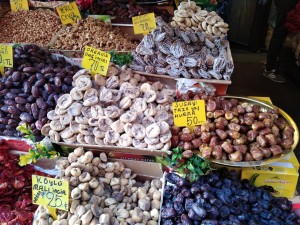EAT IN ASIA / Destinations / Other destinations / Africa / Egypt
Powerful Egyptian spices
Tags: EGYPT
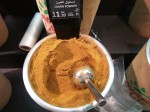
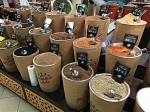
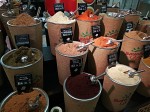
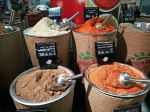
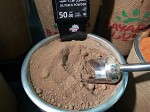

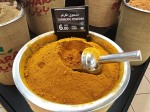
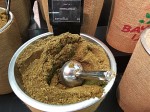
Rosemary, mint, paprika, fennel seeds, cinnamon, cardamom powder, turmeric, … and much, much more. Egyptian cuisine is so aromatic. So many spices, tastes and aromas. Meals are a perfect composition of fresh vegetables, herbs, spices and meat. Once you start eating it, you cannot stop. Every bite stimulates all your senses and pushes you to eat more and more. Doesn’t matter whether you choose to eat in a restaurant, in a local bar or at your friends’ home, your meal will be aromatic and full of different tastes. Sweet and sour, spicy and mild. The whole spectrum of flavors would please anyone. Their composition in meals is a mystic knowledge transferred from one generation to another. Mothers and grandmothers teach young girls how to mix herbs and how to season meals.
Falafel and shwarma are one of the most popular and liked dishes in Egypt. They are selected both by local people and by tourists. Relatively light, with fresh vegetables and herbs, convince to select them and enjoy tasting them.
Apart from salt and pepper, coriander, cumin, cayenne and paprika are musts for a falafel. For shwarma, don’t forget to add garlic and tahini paste.
But what are the most used spices and herbs in Egyptian cuisine? Here we selected 10 of them that are highly used and popular.
Top 10 Arabic spices
1. Coriander
Coriander is used either as a herb - both fresh and dried or added to meals are coriander seeds. Egyptian cuisine prefers fresh coriander as it is much more aromatic. It is added to salads, fried or grilled meat, fish and vegetables. Fresh coriander is a perfect garnish and an aromatic herb that accentuates flavors. Coriander seeds are generally used in meat dishes including mutton and venison. Apart from that coriander seeds can be added to sauces and marinated vegetables.

2. Cumin
The most common form of using cumin is in powder. Powdered cumin can be added to almost any kind of a hot dish. It goes well both with meat, fish and vegetables. It is also added to stews and sauces. Cumin seeds are used for meat dishes as for example these with pork loin. Cumin is also added to fried vegetables such as cauliflower and to pickles.
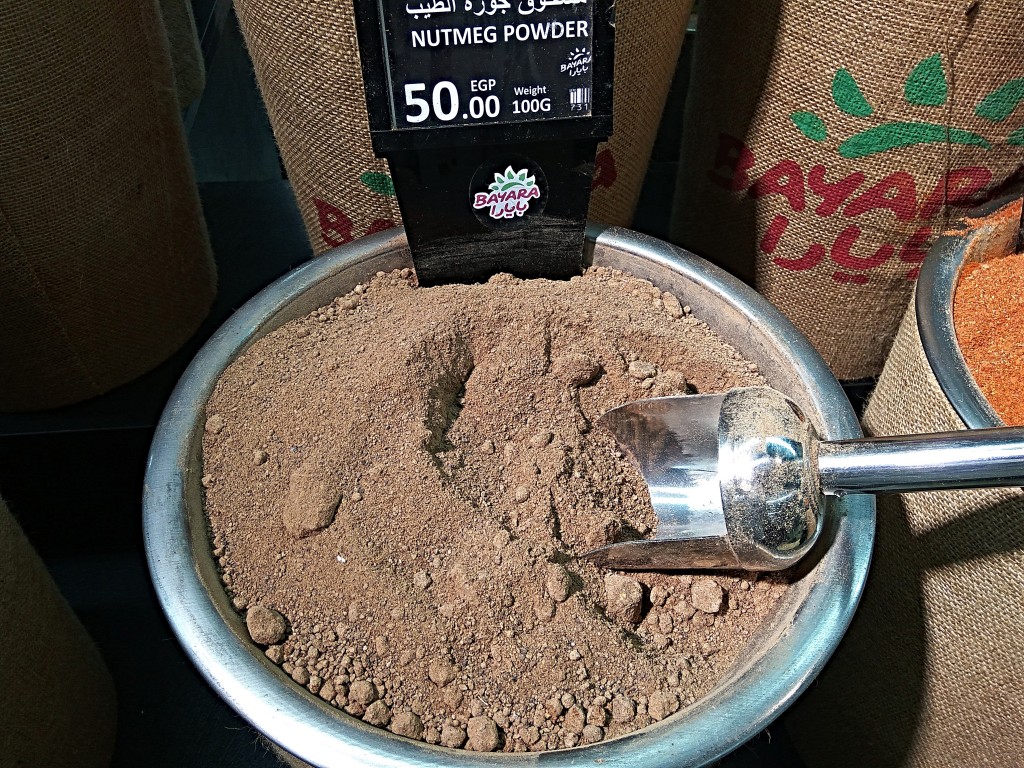
3. Nutmeg
Nutmeg is an intense spice used alone or as a one of ingredients of so popular Egyptian Duqqa – a dip eaten with Arabic bread. Duqqa is also known as Dukkha, Dakkah or Dukkah. Duqqa’s main ingredients include nuts, herbs and different spices such as cumin and coriander. Nutmeg is added to meat dishes such as koshari, moussaka or kofta. It is also added to rice dishes, stews, sauces and desserts. It has an intense aroma, is a little bit spicy and in the same time with some hints of sweetness.
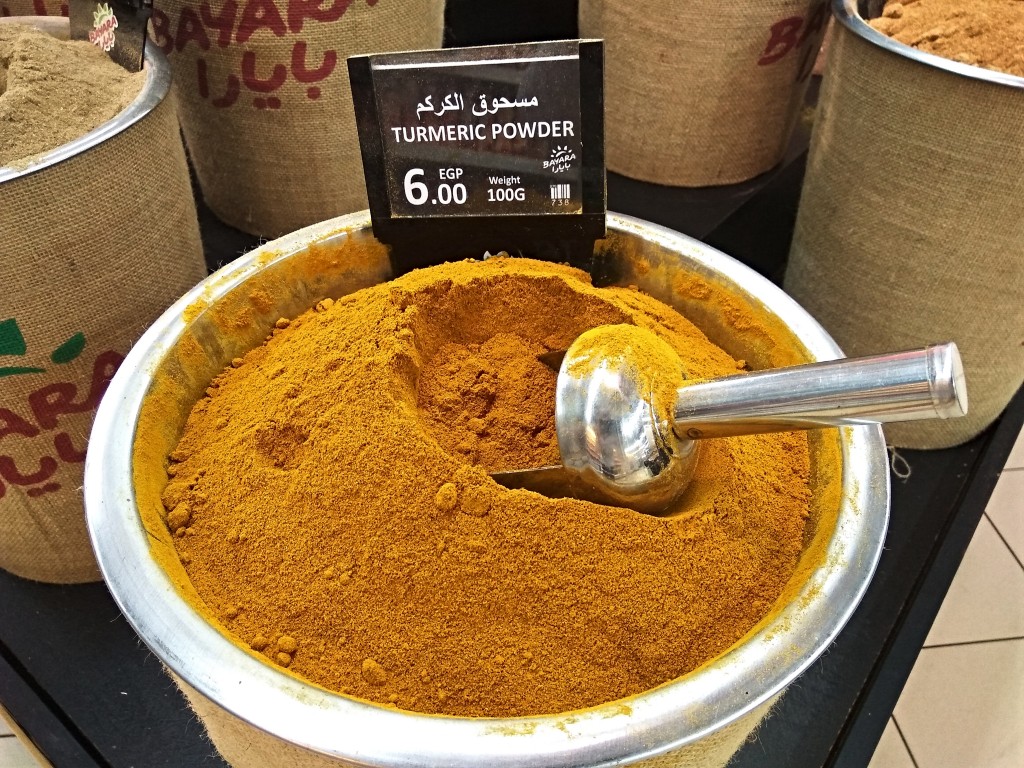
4. Turmeric
Turmeric is mainly used with chicken, stews, beans and lentils. It adds a natural spiciness and bitterness to basically mild meals.
5. Black cumin
Known since ancient ages, black cumin seeds and whole plant was appreciated because its health benefits. It is believed that black cumin could help for asthma, diabetes, cancer, allergies and high blood pressure. The flavor is bitter and pungent. Black cumin is mainly used in Egyptian Duqqa and in pickles.
6. Sumac
An almost unknown spice in other countries than these in Middle East and Northern Africa. Sumac is used as an ingredient of many spice mixes, for example in green and red za’atar. Apart from that sumac can be added to almost all kinds of dishes. Sumac goes well with vegetables, lentils, beans, meat, sauces and pickles.
7. Cardamom
Cardamom is an aromatic, oriental spice that is added to many meat and fish meals, stews and soups. It is also popular in sweets and drinks such a coffee or chocolate. For drinks, whole cardamom seeds are used, while for mains – grounded cardamom is added.
8. Ginger
Ginger is a spicy root that is widely used in sauces, stews, pickles and vegetables. It is either in a form of a powder or in a root. Very often ginger is combined with cinnamon or garlic. It sharpens the taste of dish and warms up.

9. Saffron
A yellow, extremely expensive spice that gives the dish a formidable taste and color. In cuisine, both the pollen and leaves are used. The perfectly gold color stems from the pollen on plant’s rods. Saffron is used in soups, stews, meat dishes and mains with rice, where the rice is mixed with the saffron, thanks to which the rice has a golden color. It is also added to desserts and milk drinks.
10. Mint
Fresh or dried, whole or crushed. Mint is added to different kinds of meat, vegetables, salads and stews. It is also combined with yoghurt and fruits. Its refreshing aroma goes well both with fresh and cold dishes and with warm, grilled or fried meals. Mint is used in form of a whole leaf, finely chopped or crushed.
So many flavors, so many aromas, so refreshing, and so different. Bitter, sweet, spicy, pungent and much more. To that add different colors and texture. Red, green black, green, golden,… Fresh and dried. In leaves, roots, seeds and from the plant’s pollen. Nothing more to say – just use it and stimulate all your senses!
Date: 2018-12-04
Author: Beti – A passionate traveler and lover of Asian cuisine, especially Thai and Japanese dishes, Bernadeta brings her culinary and cultural experiences to life in her writing. Beyond her travels, she’s an avid technology enthusiast with a deep interest in data processing, merging her love for exploration with analytical insights.
Photographer: Adalbert – An aficionado of computers and photography, Adalbert captures the essence of diverse cuisines with a discerning eye. A connoisseur of rich flavors and particularly fond of meat-based dishes, he combines his technical skills with his passion for the culinary arts in every shot.
